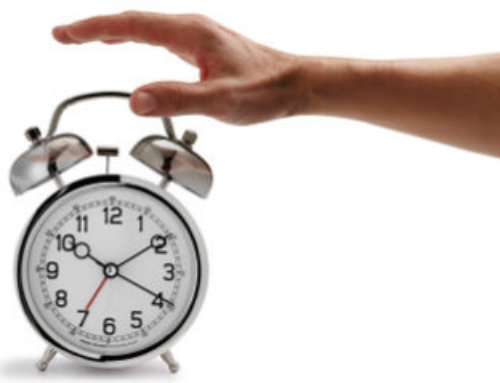EMBARGOED FOR RELEASE: 12:01 a.m. EST, April 1, 2011
CONTACT: Emilee McStay, 630-737-9700, ext. 9345, emcstay@aasm.org
DARIEN, Ill. – A study in the April 1 issue of the journal SLEEP demonstrates that an Internet-based intervention was effective at reducing infant and toddler sleep disturbances, as well as providing positive, indirect benefits for maternal sleep, mood and confidence. The study suggests that the Internet can give parents widespread access to individualized, behaviorally based advice for sleep problems in young children.
Results show that there were significant improvements in the sleep of infants and toddlers in the Internet-based intervention groups. The number and duration of night wakings decreased by about 50 percent or more, and the longest period of continuous sleep increased by more than two hours. Children also took less time to fall asleep and had a longer total sleep time at night. Mothers in the intervention groups also slept better and had less tension, depression, fatigue and confusion. In the control group there were only minimal improvements in sleep measures and ratings of maternal mood.
“We have always known that making simple changes can help young children sleep dramatically better at night, but we were surprised by how quickly these changes came about,” said principal investigator and lead author Jodi A. Mindell, PhD, professor of psychology at Saint Joseph’s University and associate director of the Sleep Center at the Children’s Hospital of Philadelphia, Pa. “Within just one week, the children, and their mothers, were sleeping much better, and they continued to improve over the second week.”
This three-week study involved 264 mothers and their infant or toddler (ages 6 to 36 months). Families were randomly assigned to one of two Internet-based intervention groups or a control group. After a one-week baseline period during which mothers followed their usual bedtime practices, the intervention groups followed personalized recommendations during weeks two and three. All mothers completed online versions of the Brief Infant Sleep Questionnaire, the Pittsburgh Sleep Quality Index, and the Profile of Mood States weekly.
Mothers in the intervention groups used their home computer to access the Customized Sleep Profile, an online program that collects caregivers’ responses and compares their child’s sleep to other children of the same age. It rates whether the child is an “excellent, good or disrupted sleeper,” and uses algorithms to provide customized advice on how caregivers can help their child sleep better at night. Examples of common recommendations include implementing a bedtime routine, decreasing attention to night wakings, and decreasing or stopping nighttime feedings. Ninety percent of mothers in both intervention groups reported that they found the individualized recommendations to be “helpful,” and 93 percent said that they were “likely” to continue using the recommendations after the study.
Mothers in one of the intervention groups also were instructed to institute a nightly three-step bedtime routine: a bath, a massage and a quiet activity such as cuddling or singing a lullaby. A 2009 study by Mindell found that this routine produced significant reductions in problematic sleep behaviors for infants and toddlers. In the current study, both intervention groups had similar improvements on all sleep outcomes.
According to the authors, sleep problems occur in 20 to 30 percent of young children. Although behavior-based interventions for childhood sleep problems are highly effective, their availability has been limited. The use of an Internet-based intervention gives parents widespread access to valuable recommendations that promote healthy sleep habits in children.
“Until now, there was no place online that parents could go to get customized recommendations that would help their young child sleep better,” Mindell added. “This tool provides parents everywhere easily accessible help.”
The Customized Sleep Profile is currently available to parents as a free resource from Johnson & Johnson as one of its “tools for better sleep” at https://www.johnsonsbaby.com/sleep. The authors do not receive financial benefit from its use.
The study was supported by Johnson & Johnson Consumer Companies Inc. Dr. Mindell and co-authors Drs. Courtney Du Mond and Avi Sadeh have consulted for Johnson and Johnson. There was no involvement from Johnson & Johnson with the data analysis or the writing of the paper.
In 2006, the American Academy of Sleep Medicine (AASM) published “Practice parameters for behavioral treatment of bedtime problems and night wakings in infants and young children” in the journal SLEEP. Learn more about children and sleep at http://www.sleepeducation.com and https://www.sleepeducation.blogspot.com.
The monthly peer-reviewed, scientific journal SLEEP is published online by the Associated Professional Sleep Societies LLC, a joint venture of the American Academy of Sleep Medicine and the Sleep Research Society. The AASM is a professional membership society that is the leader in setting standards and promoting excellence in sleep medicine health care, education and research.
For a copy of the study, “Efficacy of an Internet-based intervention for infant and toddler sleep disturbances,” or to arrange an interview with an AASM spokesperson, please contact Public Relations Coordinator Emilee McStay at 630-737-9700, ext. 9345, or emcstay@aasm.org.








